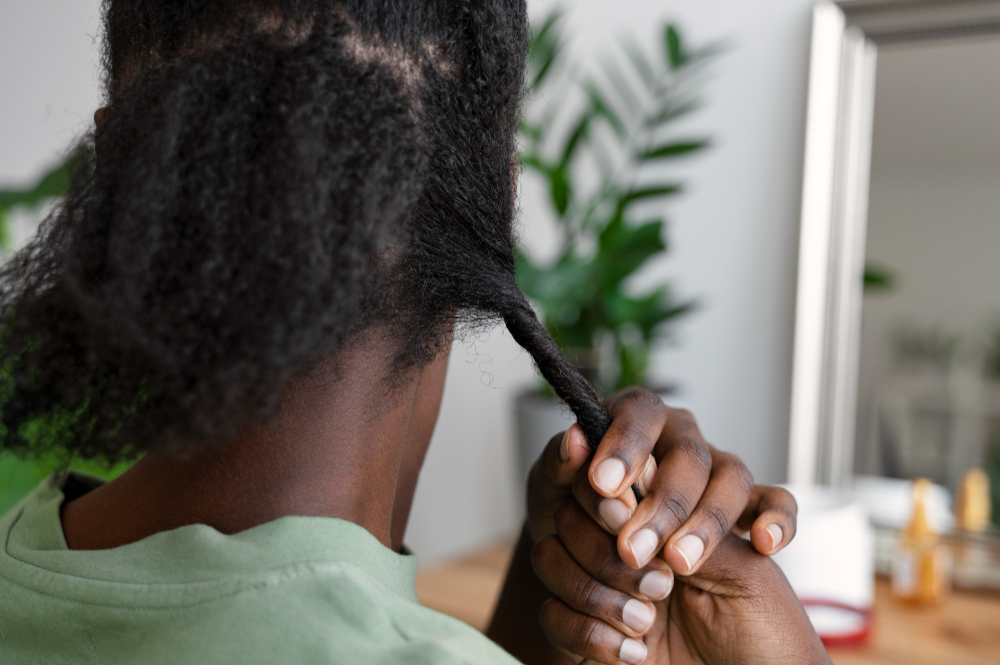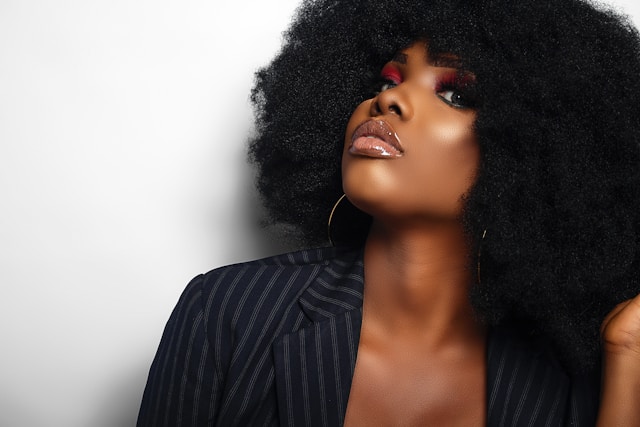Trending Article · 14 mins read
Protective Hairstyles for Maintaining Healthy Type 4 Hair
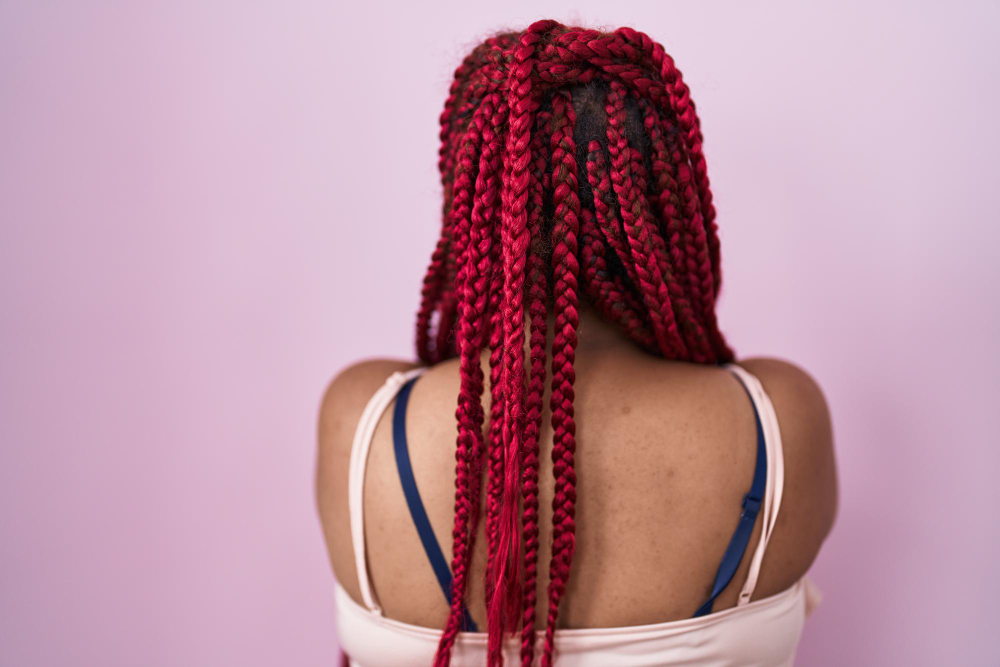
Protective hairstyles are a perfect way to keep your hair safe, tucked away from daily styling (in some cases), and of course, switch up your look.
In this article, we'll give you a couple of protective hairstyle choices you can try out on your next visit to your hairstylist. Before we get to the list, let's talk a little about what protective styles are.
What's a Protective Hairstyle?
A protective hairstyle, as the name sounds, is a style that keeps your hair safe and protected. Protective hairstyles shield your hair from knots, tangles and breakage. They are low manipulation styles, so you don't have to deal with your hair strands every day. Some people also add extensions to their natural hair to make protective styles.
At The HairTalk, we define protective hairstyles as those made with your natural hair alone. They don’t cause tension or apply painful pressure to your hair. Additionally, they don’t dry out your hair either; some synthetic hair extensions are guilty of this.
But we know that some hairstyles are flattering with added extensions or braided hair, especially if you aren’t feeling confident about the length of your hair. We understand, and that's why this article gives all-around protective style ideas.
Now, let's talk styles.
8 Protective Hairstyles to Maintain Healthy 4B/4C hair
1. Box braids
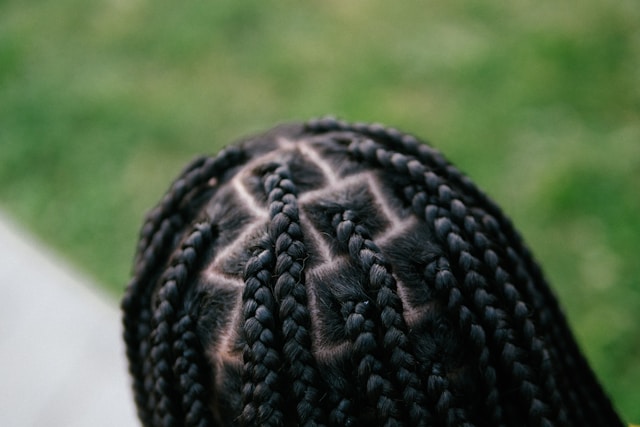
Box braids are versatile protective hairstyles, so they just had to come first on the list.
So what makes this braid earn its number one spot? It is a classic; it never goes out of style. Instead, it has evolved into different forms like knotless braids, goddess braids (braids with curly strands), and jumbo braids (large-size box braids).
The name box braids comes from the square sections done on the scalp before adding extensions and braiding out towards the length of the hair. Box braids are beautiful, you can style them in several ways, and wear them long, medium or short.
It’s important to note that with box braids and other styles with added extensions, finding a good hairstylist is essential. A good stylist should braid your hair gently and carefully, which can help minimize any issues that could come from pulling and tugging at your scalp. And please, always ask the stylist to leave your edges out!
Also, remember that these types of protective styles can dry out your hair, so you should moisturize often to fix hair dryness as you wear your hair out.
2. Two-strand twists
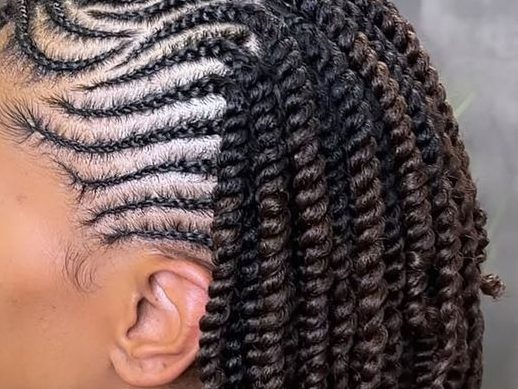
Another protective hairstyle classic is the two strand twist with your natural hair.
This hairstyle is protective because it helps your hair retain and lock in moisture. Not to mention, it applies way less pressure to your scalp and hair because it's a style that requires only your hair. The best part, you can make the two strands twist yourself, it doesn't require expertise.
Two-strand twists can come in any size, depending on your hair density. One form of two-strand twists loved by some natural girlies is the mini twist.
We have to add that making mini-twists requires a great deal of patience because as the name suggests, they are small-sized twists. But on the bright side, your hair stays protected.
Once you've installed your twists, you can throw them in a bun, ponytail or just style how you like it. Feel free to add hair bands or accessories to your two-strand twist to make it look good.
3. Cornrow protective style
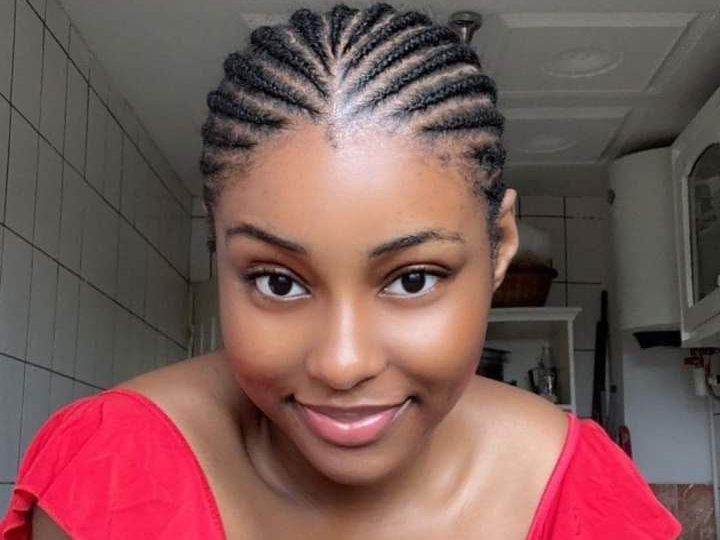
Again, another classic, you can't go wrong with cornrows. They are beautiful and of course timeless.
Short, long or medium hair, you can always rock cornrows. The pattern of cornrows makes it easy to moisturize and maintain your hair.
Some variations of cornrows are the Fulani braids and Ghana braids. Let's not forget cornrows are an ultimate favorite for the wig girlies
4. Senegalese twists
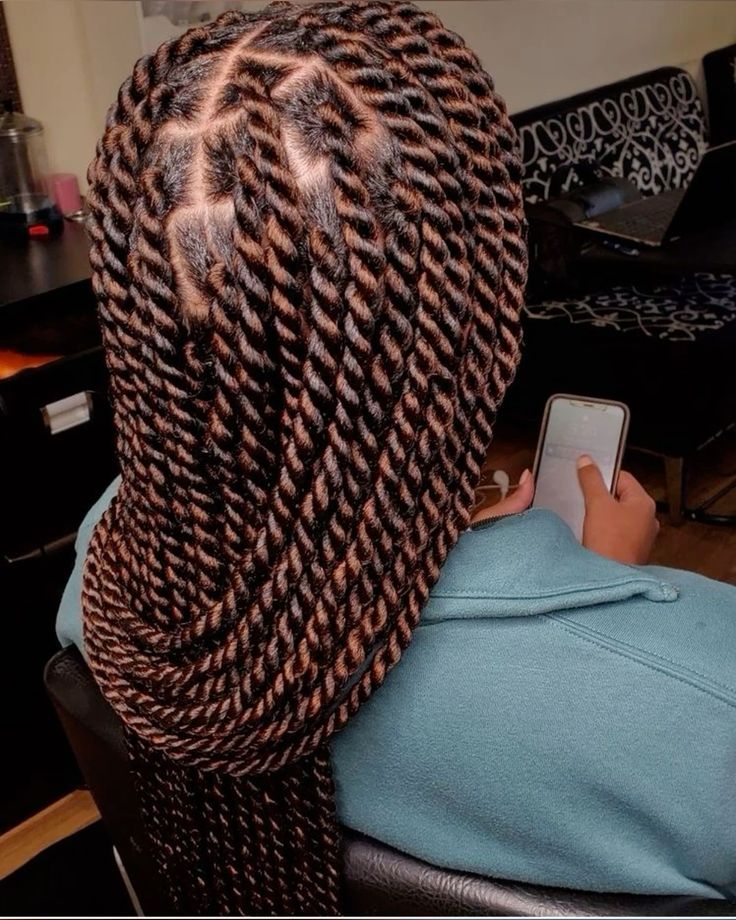
This is another favorite for type 4B/4C girls. Senegalese twist is like the natural hair twist but with extensions.
You can switch up your look with the color of extensions, and style them in different ways. Senegalese twists are just as versatile as box braids.
5. Crochet braids natural hairstyle
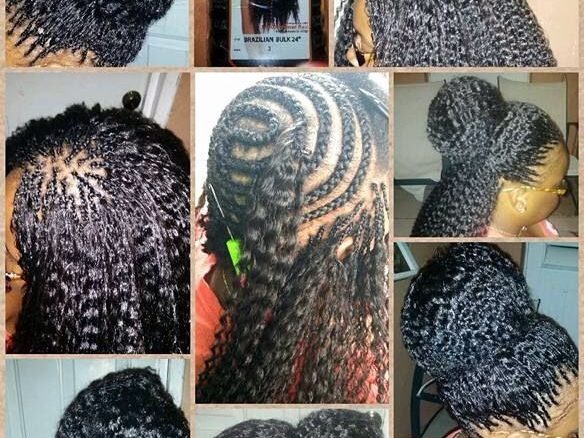
Now this is for the girls who don't want all that hassle of mixing their hair directly with extensions like the other protective styles.
To install crochet braids, make your hair into cornrows. Then with a crochet pin or hook, loop the crochet extensions on the cornrows and secure them with small knots.
The good thing about crochet braids is they are easy to maintain and easy to install. You can check out this YouTube video from @Breanna Rutter on How to: Crochet braids for beginners.
6. Flat twists
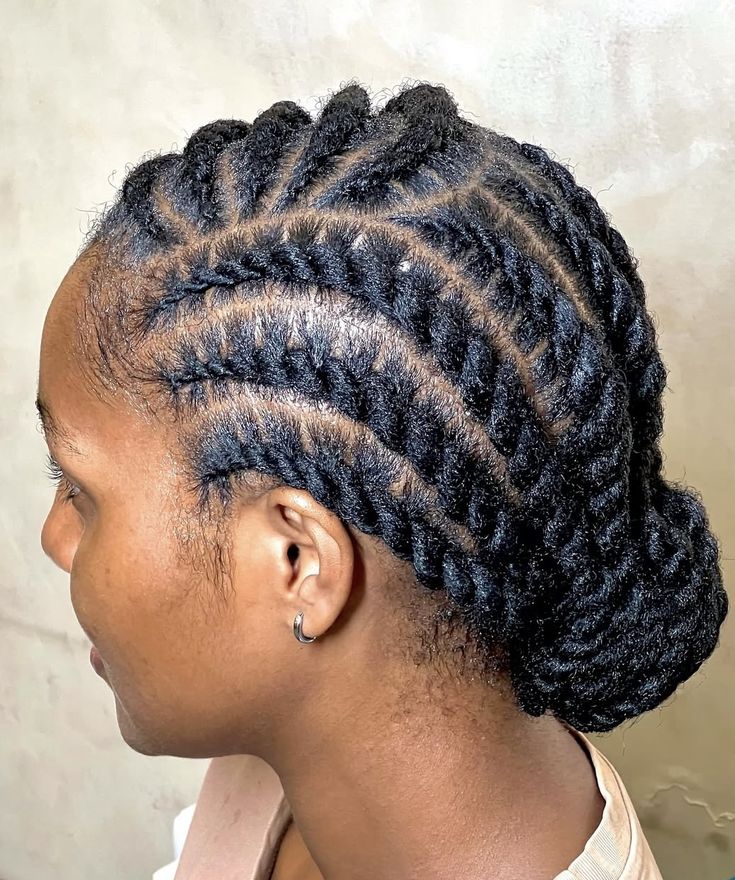
Flat twists are flattering hairstyles. They are a hybrid of twists and cornrows.
To make a flat twist, part a section of your hair. Then split the section into two and start off with a traditional twist from the root of your hair. As you twist, pick hair from the section, and gradually you form a flat twist.
Check out this YouTube video on how to flat twist by @NaturallySini
7. Bantu Knots
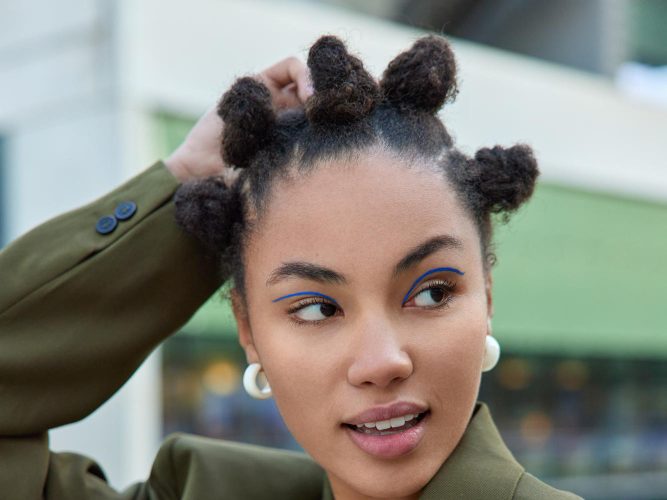
Originally a South African style, this hairstyle is bold and leaves a statement.
To create this hairstyle, part your hair into sections (this depends on the length and volume of your hair). The hair in a section is twisted or braided and wrapped around itself from the root, forming a knot. Yeah, that's where the name comes from 😀.
For that sleek, smooth look, you can add gel to the sections before you twist. If you like to switch things up, you can add a bit of Fulani braids like the picture below.
8. Wigs as protective hairstyles
If you prefer protective styles that give you the best of the hairstyle world, wigs are your best bet.
Straight, curly, kinky, wavy, bob, even braided wigs are a versatile and great way to protect your hair. Let's not forget how fast they make you switch up your look.
Some ladies like to put their hair in cornrows or a flat twist before wearing their wigs. Others prefer packing their hair in a sleek low bun.
Whichever one you prefer, don't forget to keep your hair moisturized under those wigs. Also, take off your wigs at night and allow your hair to breathe. If you leave your wigs on for too long and in contact with your edges it can cause traction alopecia.
Protective hairstyles are meant to make you look beautiful while keeping your hair safe. So, make sure they are not too tight or causing you discomfort, as this can lead to scalp issues.
Wrapping Up
Remember to always moisturize and care for your hair with oils, leave-in-conditioners and butters even in a protective style. This will help keep your hair nourished even if it's tucked away.
Also, don't abuse protective styles, don't wear them for too long. Or else they begin to do the opposite of protection.
For hairstyles, with only your natural hair, keeping them in for about two to three weeks works. If your protective style has added extensions, then you can keep it for about 2-8 weeks.
But, this absolutely depends on your hair, if you notice keeping your hair for long periods has a bad effect on your hair then feel free to take it down.
These styles are the basics of most protective styles, so feel free to find your go-to style and switch it up how you like it.
Join the community and drop some hairstyle inspiration. Let's talk hair!

